How to drain all the water from a washing machine for the winter?
 After washing, the washing machine does not remain dry - there is always some liquid left at the bottom of the tank and pipes. If there is no threat to “wet” equipment in a warm apartment, then moving the machine outside during the cold season will be dangerous. Undrained water will freeze and turn into ice, which will damage the internal components of the washer. It’s easy to avoid freezing of the machine - just drain all the water from the washing machine for the winter. Afterwards, it’s easy to “mothball” the equipment until warmer times.
After washing, the washing machine does not remain dry - there is always some liquid left at the bottom of the tank and pipes. If there is no threat to “wet” equipment in a warm apartment, then moving the machine outside during the cold season will be dangerous. Undrained water will freeze and turn into ice, which will damage the internal components of the washer. It’s easy to avoid freezing of the machine - just drain all the water from the washing machine for the winter. Afterwards, it’s easy to “mothball” the equipment until warmer times.
Preparing the washing machine for winter
Fears that frosty condensation “kills” the machine per second, irreversibly damaging its internal elements, are not so likely in reality. However, they cannot be called groundless - water frozen in the pipes, pump and tank can indeed cause deformations and breakdowns, but on a much smaller scale.
Clear evidence is provided by store warehouses where household appliances are stored for years and far from above-zero temperatures. Meanwhile, it also contains liquid remaining after test washes at the factory. And nothing, washing machines are successfully sold and serve their new owners for 5-15 years.
But it’s better to play it safe and mothball the washing machine in an unheated dacha for safe wintering. The instructions are simple: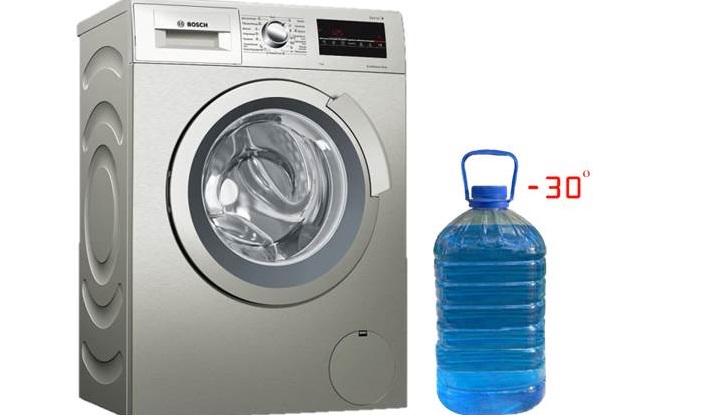
- turn on the machine to the electrical network;
- disconnect the machine from the water supply;
- pour 50 ml of car anti-freeze into the machine through the inlet hose;
- fully straighten the drain hose, ensuring free flow of liquid from the tank;
- pour a glass of antifreeze into the drum (approximately 250 ml);
- if the washer “tries” to fill the drum with water, blow out the inlet hose and inlet valve;
- start the spin cycle so that the anti-freeze agent “walks” through the machine, replacing the water in the pipes and pump;
- de-energize the equipment.
For safe wintering, the washing machine must be preserved - filled with a car windshield cleaner that does not freeze at low temperatures.
A washing machine with an anti-freeze inside will easily overwinter at the dacha - a car windshield washer is designed for low temperatures, without freezing even at -25. The main thing is not to forget to drain the chemicals when the heat returns. This is easy to do: connect the machine to the power supply and start a “idle” wash. After a full cycle, the system will be flushed of foreign liquid and will be ready for further use.
Completely rid the machine of water
The word “preservation” often scares machine users, as does the recommendation to pour foreign liquid into the drum. It seems that it is easier and more reliable to completely drain the machine by draining all the water from the system. But in reality, the alternative is not so easy: complete drying of the equipment will take several days and require its partial disassembly.
But if there is no trust in the anti-freeze, then we proceed to drying. You will have to remove and dry all the removable parts of the machine, drain the residual water, and at the end, ventilate the machine. It is better to start early and work sequentially, from the garbage filter to the cuff with the drum.
- Powder receiver. The tray must be removed and wiped dry. Ideally, set aside.
- Garbage filter. It should be unscrewed completely - the nozzle will provide access to the drain system. After dismantling the spiral, be sure to tilt the equipment forward so that the water remaining in the pipes flows out.
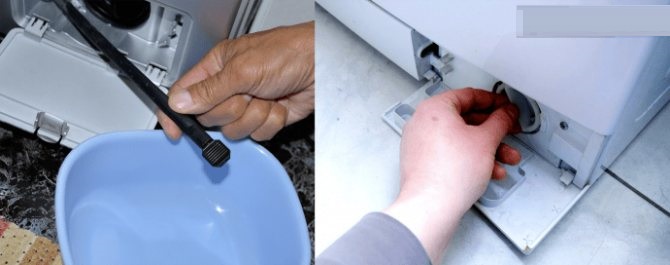
- Water pump. It is recommended to unscrew and dry the drain pump before wintering, otherwise the wet impeller will freeze and break. Getting to the pump is easy: lower the machine onto its left side, disconnect the bottom and unhook the device from the volute.
- Hoses. The drain and fill hoses are disconnected from the risers and the machine, emptied and dried. Afterwards they return to their place.
- Drum pipe. We find the hose connecting the tank to the pump, release it from the clamps and unhook it from the fittings. This will allow you to drain most of the water remaining at the bottom of the machine.
- Cuff. You cannot take it out into the cold wet - the rubber will crack and lose its original elasticity and tightness. It’s better not to take risks, but carefully go through the folds with a dry cloth. You can also loosen the clamps and remove the entire seal. True, reinstalling the “rim” will require a lot of effort and time.
Having rid all the key elements of the machine from moisture, we move on to ventilation. The hatch door opens wide, and the machine is left in this position for several days. After 2-4 days, you can close the drum, return the cuff with the powder receptacle, wrap the unit with polyethylene and send it for storage.
Interesting:
Reader comments
- Share your opinion - leave a comment
Categories
Washing machine repair


For buyers

For users

Dishwasher


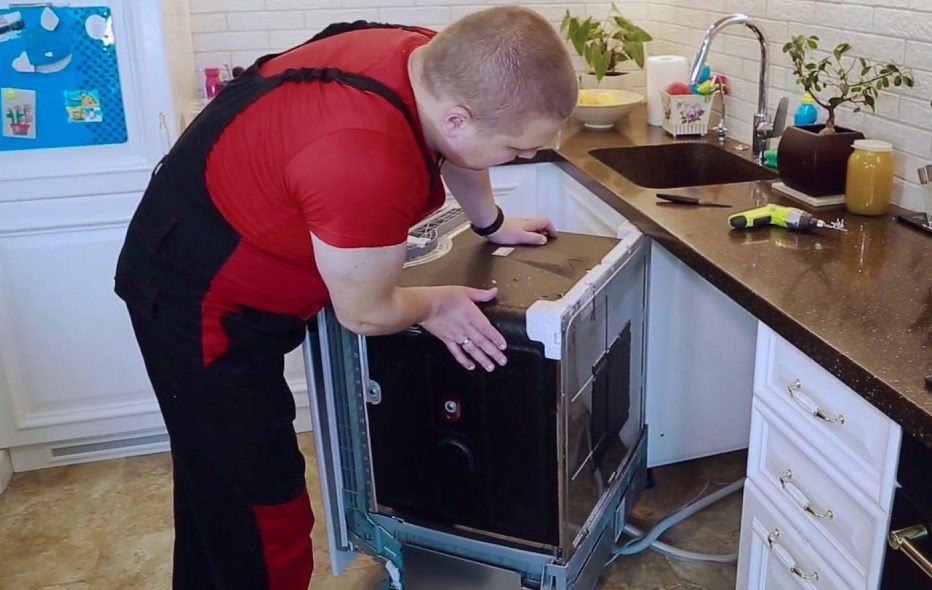
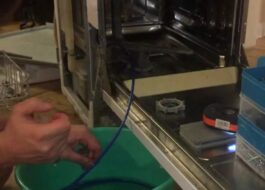

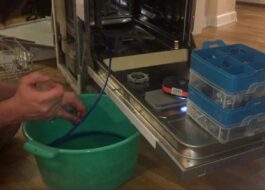











Add a comment